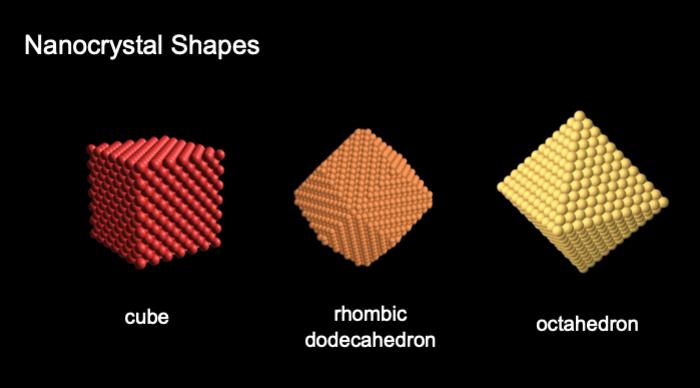Understanding Nanocrystals and Nanoparticles: Distinguishing Key Terms in Nanotechnology
Definition and Distinction: While both nanocrystals and nanoparticles are key players in the field of nanotechnology, understanding their differences is crucial for their application in various technological advancements.

What are Nanoparticles?
Nanoparticles are particles sized between 1 to 100 nanometers with a broad range of shapes, structures, and compositions. They encompass a variety of types including metallic, ceramic, polymeric, and lipid-based nanoparticles. Their physical, chemical, and biological properties change as a function of their size, shape, and material, making them versatile for applications across medicine, electronics, and environmental science.
What are Nanocrystals?
Nanocrystals, a subtype of nanoparticles, specifically refer to particles that possess a crystalline structure throughout their volume, with atoms organized in a repeating, orderly pattern. This crystallinity imparts unique optical, electrical, and magnetic properties that are significantly different from those of their bulk counterparts, due to quantum confinement effects. Nanocrystals are primarily used in applications requiring precise optical and electronic behaviors, such as in semiconductor devices, solar cells, and drug delivery systems.
Distinguishing Features
- Structural Organization: The key difference lies in their internal structure. Nanocrystals have a uniform, crystalline structure, while nanoparticles may have amorphous or crystalline structures, or even a combination of both.
- Material Properties: Due to their crystalline nature, nanocrystals often exhibit more defined and unique electronic and optical properties compared to nanoparticles, which can have a wider range of properties based on their composition and structure.
- Applications: While both can be used across various fields, nanocrystals are particularly valued in applications requiring specific interactions with light and energy, whereas nanoparticles' applications are broader, including catalysis, imaging, and therapy in biomedical fields.
Applications and Innovations
Both nanocrystals and nanoparticles are driving forces behind many technological innovations. Nanocrystals' defined properties make them ideal for enhancing solar cell efficiency and developing new electronic displays. Nanoparticles, with their diverse structures, open avenues in targeted drug delivery, pollution treatment, and the creation of advanced materials with tailored functionalities.
Challenges and Future Directions
The distinction between nanocrystals and nanoparticles is not just semantic but reflects their different potentials and challenges in research and application. Ongoing efforts to improve synthesis techniques, increase compatibility with existing technologies, and address environmental and health impacts are crucial for the advancement of both.
Key References for Further Exploration
Bioengineering & Translational Medicine, Nanocrystals: A perspective on translational research and clinical studies
